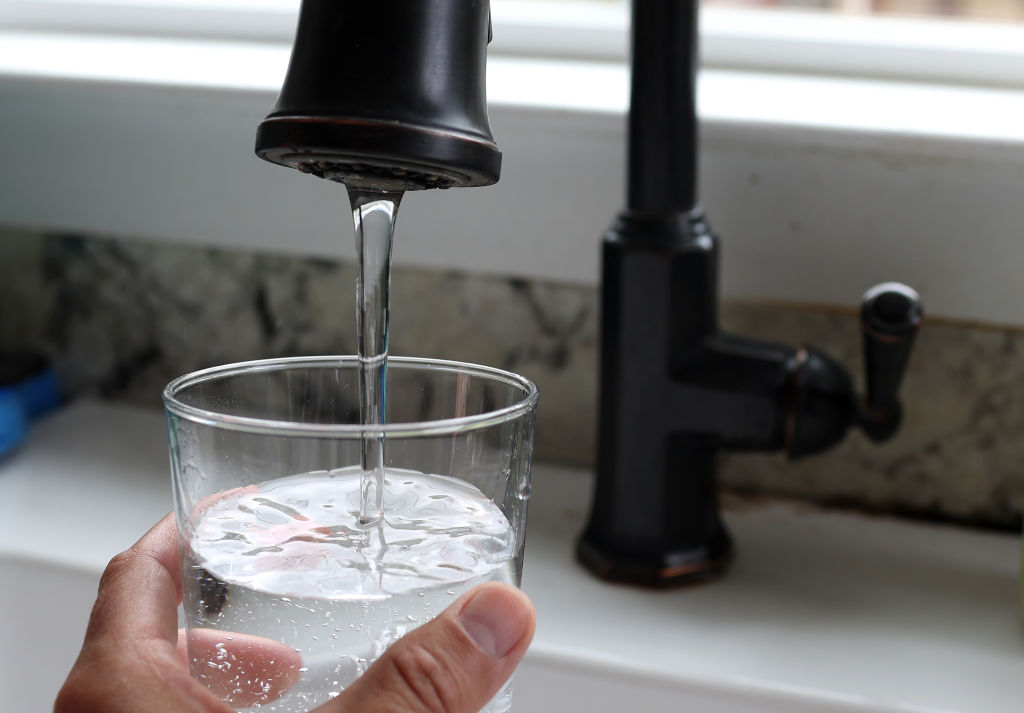A new federal rule will require water utilities across the country to pull millions of lead drinking water pipes out of the ground and replace them, at a cost of billions of dollars. States, cities and water utilities agree that the lead pipes need to go to ensure safe water for residents. But they say they may struggle to do so in the 10-year window required under the rule, and they fear some ratepayers will be hit with massive cost increases to pay for the work.
State officials are urging Congress to provide ongoing funding for the lead replacement effort. Local leaders say they'll need lots of help to meet the deadline. And environmental advocates are calling on states to issue bonds or provide other financial support to water utilities.
"It took us close to 100 years to get all of these lead service lines in the ground, and the EPA is asking us to get them out in 10 years," said Tom Dobbins, CEO of the Association of Metropolitan Water Agencies, an advocacy group for publicly owned water systems. "The [Biden] administration grossly underestimated the cost. Obviously, if the federal government doesn't provide the funding for this, the ratepayers will have to pay for this.
That exacerbates certain communities' affordability issues." The new rule, issued by the U.S.
Environmental Protection Agency in October, requires cities and water utilities to replace all lead service lines—the pipes that run from water mains to private residences under lawns and sidewalks. Because the.















:upscale()/2024/11/21/934/n/1922729/tmp_77sMIG_cd43fc068bb98f2c_GettyImages-2163917928.jpg)


